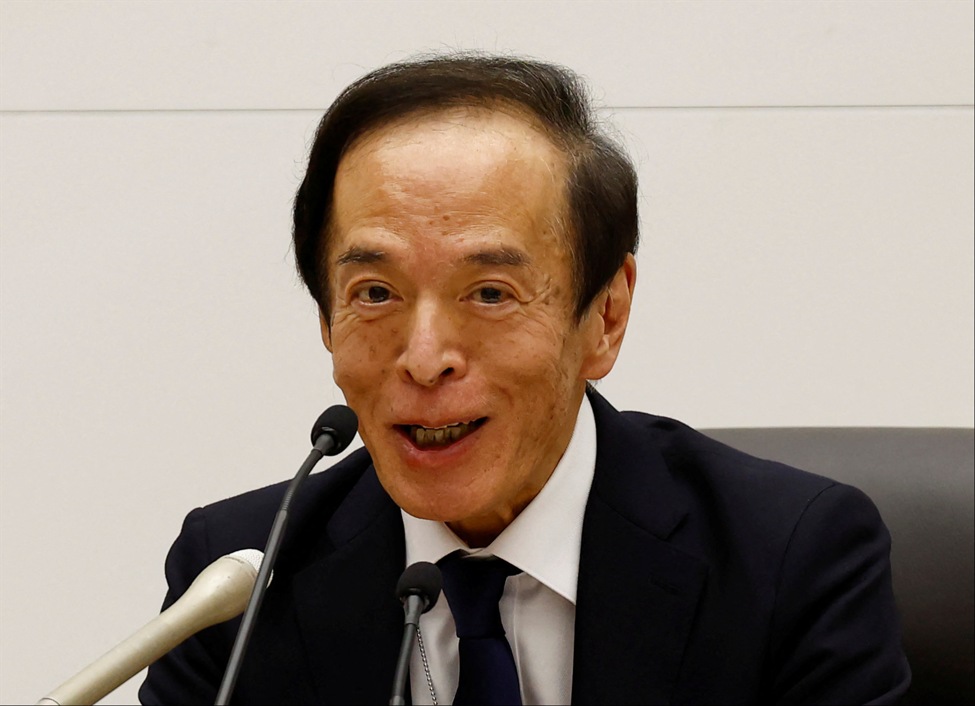The main events for the week ahead are as follows:
On Tuesday, Switzerland will release the KOF economic barometer, and the U.S. will publish the CB consumer confidence and JOLTS job openings data.
Wednesday will bring inflation data for Australia and the Bank of Japan’s monetary policy announcement. Additionally, the eurozone will release its inflation data. In the U.S., we will see the ADP non-farm employment change, the employment cost index q/q, pending home sales m/m, and the FOMC monetary policy announcement.
On Thursday, the Bank of England will make its monetary policy announcement for the U.K., while in the U.S., the unemployment claims, ISM manufacturing PMI and ISM manufacturing prices will be reported.
Finally, on Friday, Switzerland will release its inflation data, and the U.S. will report average hourly earnings m/m, non-farm employment change and the unemployment rate.
The consensus for Australian CPI data is 3.8% y/y, which, although still elevated, is expected to be lower than the 4.0% rate in May. Expectations for trimmed mean CPI q/q and CPI q/q are also expected to rise.
Inflation data in Australia remains high, and RBA Governor Michelle Bullock has emphasized that domestic demand is too strong for inflation to return to the desired target. She hinted at a potential rate hike, which is likely if inflation prints above expectations. Although there are some signs of the economy slowing, along with the labor market, the RBA remains primarily focused on fighting inflation.
All eyes are on this week’s BoJ meeting as the market waits to see whether the Bank will hike interest rates. Recent economic data in Japan has been mixed. Q1 GDP growth was revised downward, showing a bigger decline than expected, while core inflation registered a 2.6% y/y increase. However, a positive sign was the Q2 Tankan survey, which reflected some better GDP growth potential.
Analysts believe that at this week’s meeting the BoJ will keep rates unchanged at 0% to 0.1%. There might be a change in the pace of its bond purchases over time, with a 1 trillion yen reduction per quarter, and the Bank is also anticipated to revise their projections for inflation and economic growth. If inflation continues to surprise on the upside, the BoJ is likely to start hiking rates, with a first possible hike of 15 bps at the October meeting, according to Wells Fargo.
In the eurozone, the consensus for the headline CPI y/y is a slight decline to 2.4% and core inflation is expected to slow to 2.8% with services inflation dropping more. However, this moderation alone might not give the ECB enough confidence to go ahead with a September rate cut unless it’s supported by other data such as a slowdown in Q2 wage growth and another favorable CPI reading in August.
At this week’s meeting, the Fed is expected to keep its monetary policy unchanged and potentially signal that rate cuts are likely. The market currently expects the first rate cut to occur at the September meeting. The Fed will also probably reiterate that there has been progress regarding inflation in the past months and that there’s a risk of deterioration in the labor market.
Analysts believe that the latest Q1 bounce in consumer inflation is likely just noise. The PCE deflator has finally reached a 2.7% annualized rate, along with inflation decline showing signs of consistent progress, especially in core inflation, which is at its lowest since 2021. This does not mean that the fight is over, but it does indicate that the Fed is very close to achieving its 2.0% target.
The economy continues to add a considerable number of jobs, but other labor market indicators are down. There are concerns as the unemployment rate is rising and businesses continue to lay off workers, indicating potential issues in the labor market.
The consensus is that the BoE will announce a first rate cut of 25bps at this week’s meeting, but there are some analysts who think the Bank might wait until September. The economic data is still not where the Bank would like it to be, especially with services inflation which held at a high 5.7% y/y in June. However, an increasing number of policymakers have taken a dovish stance recently increasing the likelihood of a 25bps cut now.
In the U.S., the consensus for the ISM manufacturing PMI is a rise from 48.5 to 49.0. ISM manufacturing prices are also expected to increase from 52.1 to 52.5. The ISM manufacturing index has been improving in recent months but remains in contractionary territory. While a slight improvement is likely in this week’s data as well, further progress is uncertain.
The consensus for the average hourly earnings month-over-month is +0.3%, the same as the prior month. The non-farm employment change is expected to be 177K compared to the previous 206K, and the unemployment rate is expected to remain unchanged at 4.1%. The unemployment rate development puts it very close to meeting the Sahm Rule threshold which predicts the onset of recession, but the rule might not apply in this case because of the unique nature of the post pandemic economy. Even though the economy continues to add jobs at a robust pace, there are concerns regarding the labor market, particularly from the rising unemployment rate and downward revisions.
Wish you a profitable trading week.
This article was written by Gina Constantin at www.forexlive.com.
Source link



